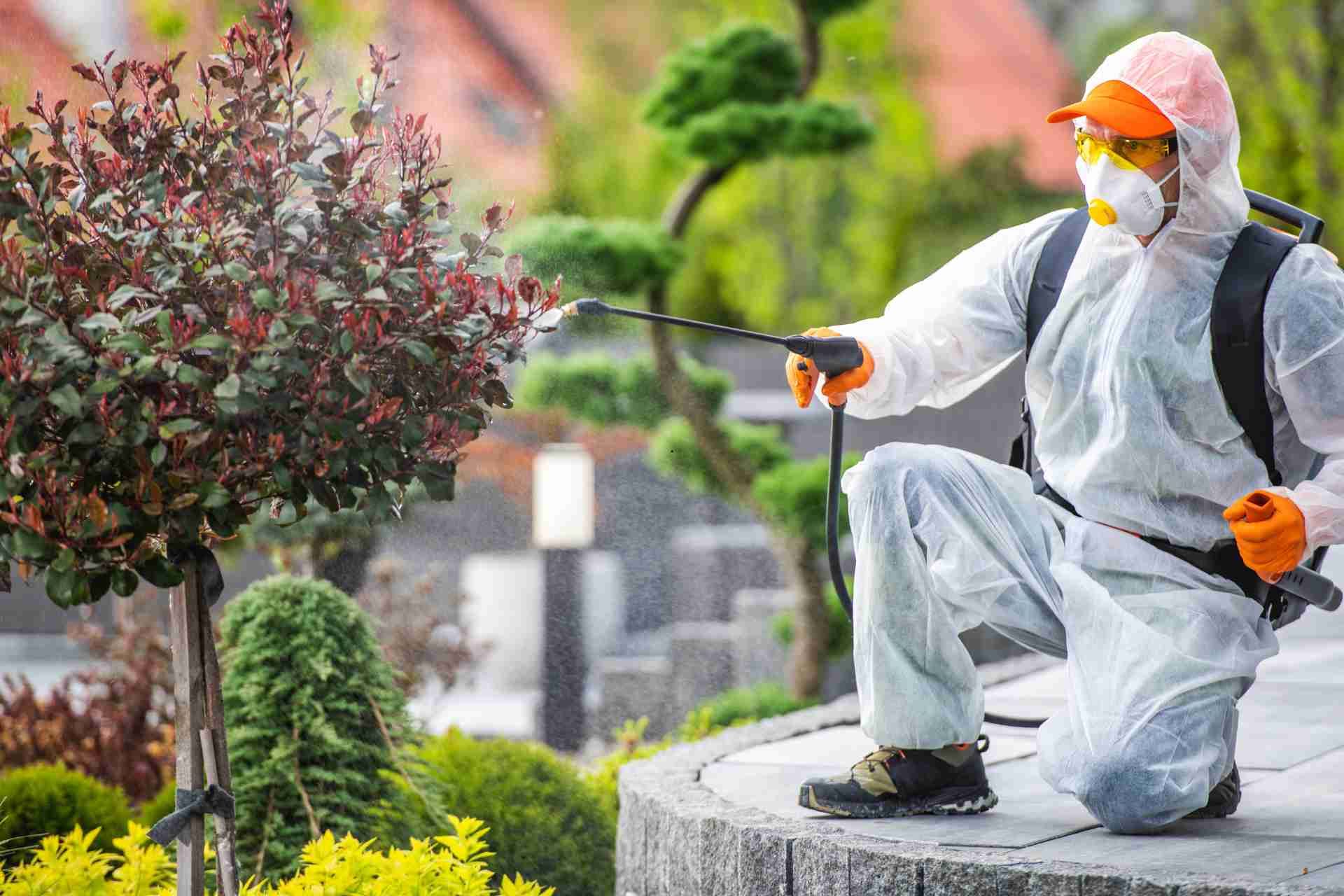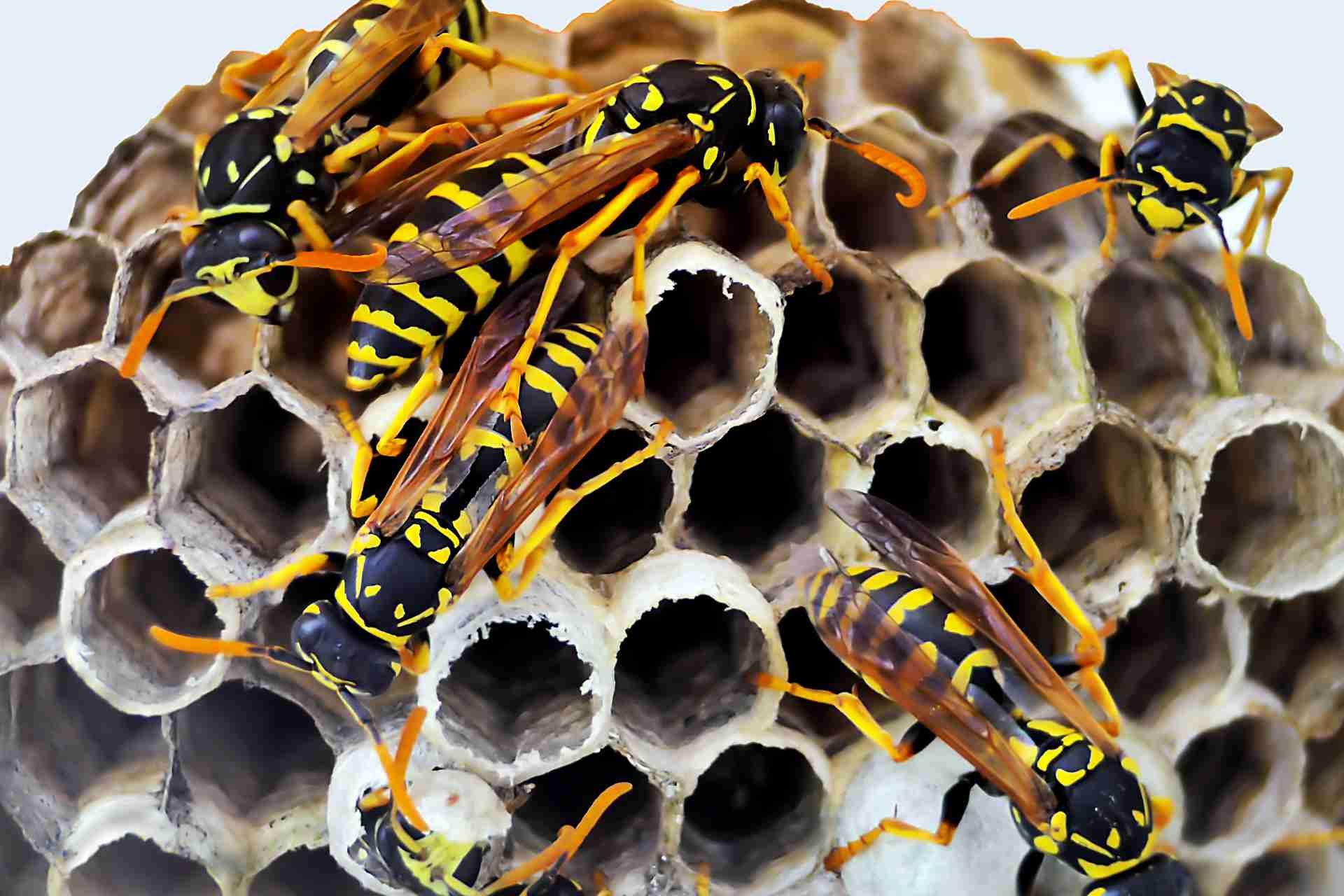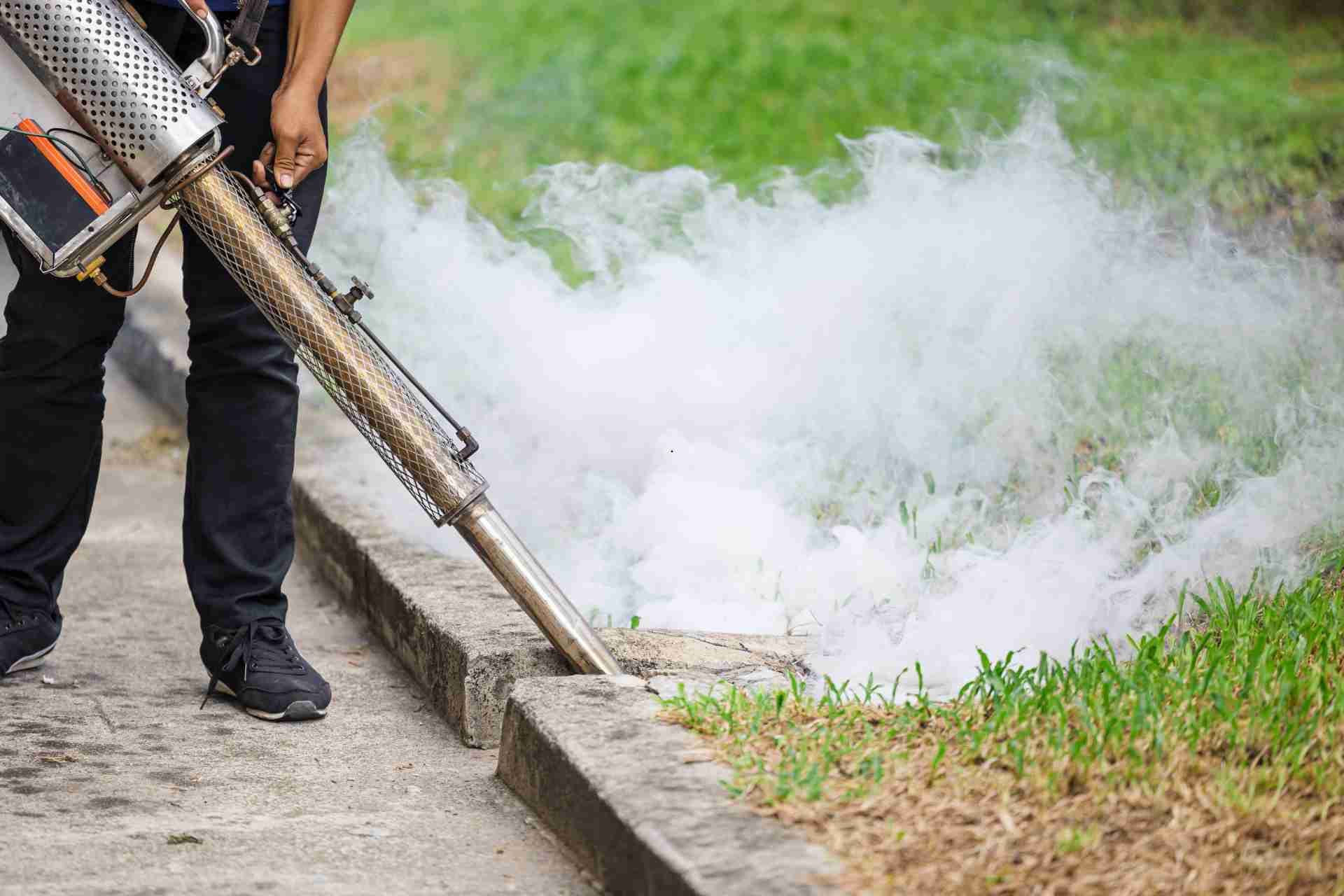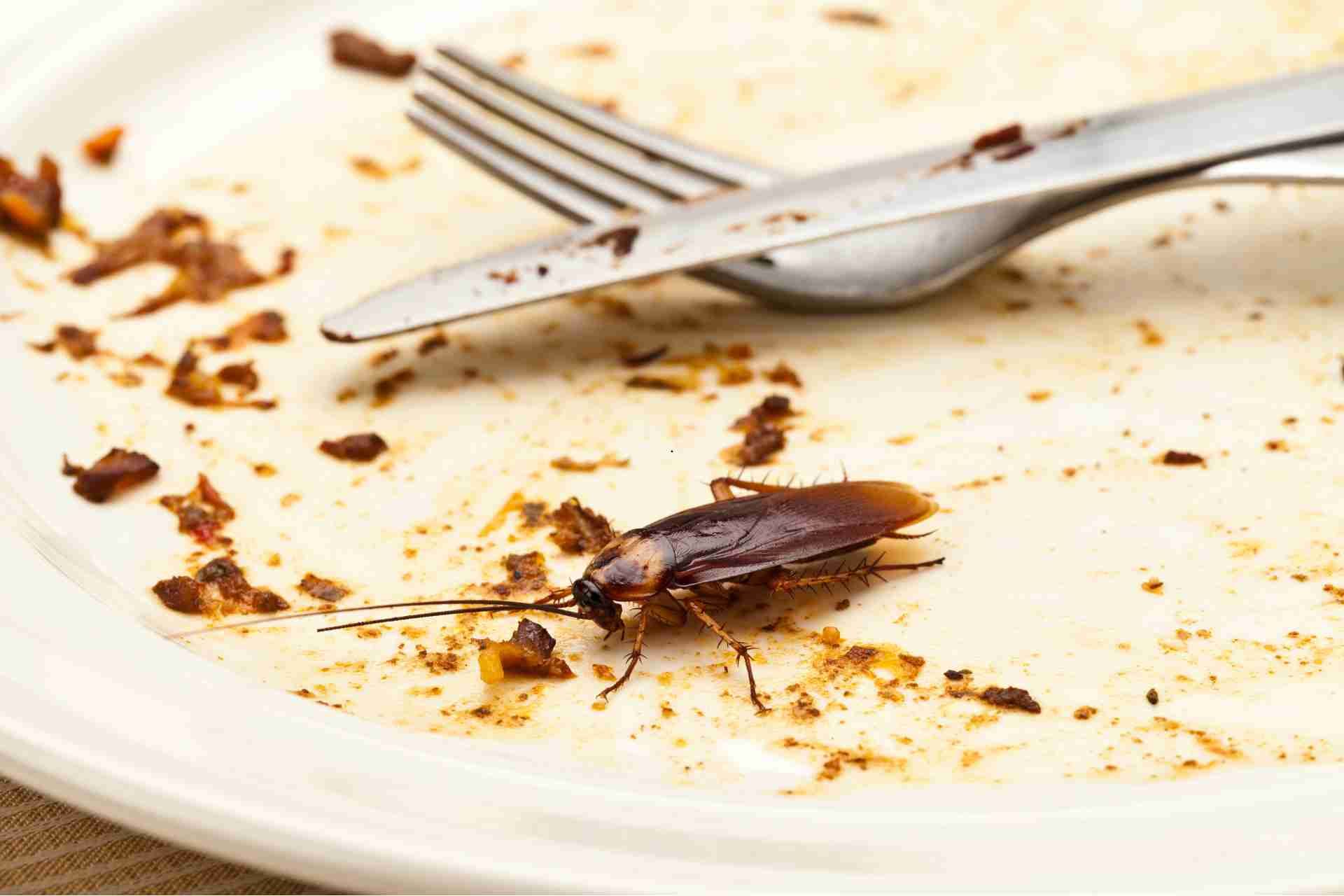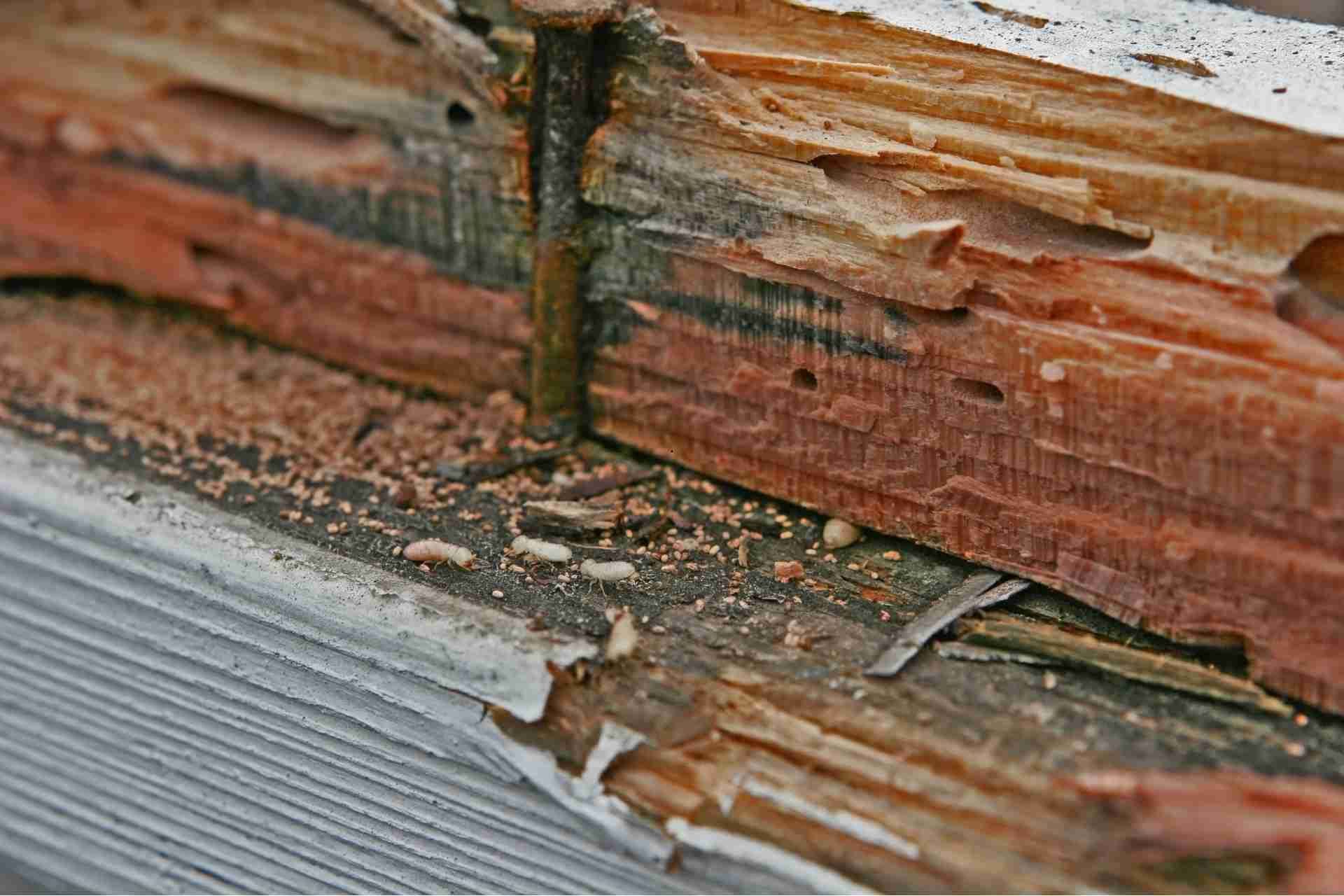Understanding the Ant Colony Structure
Ant colonies are complex and highly organized societies comprised of various types of specialized individuals, each with their unique roles and responsibilities. Understanding the structure of an ant colony can provide valuable insight into the inner workings of these fascinating creatures and how they can function as a cohesive unit.
Stay tuned to learn more about the fascinating world of ant colony structure and organization that allows these tiny insects to thrive.
What is Ant Colony?
An ant colony is a social structure in which ants live together in organized colonies or nests. The colony is typically made up of one or more queens, worker ants, and sometimes soldier ants. Each member of the colony has a specific role to play in maintaining the colony and ensuring its survival. The colony works together to find food, defend against predators, care for the young, and maintain the nest. Ant colonies can vary in size from just a few ants to millions of individuals, depending on the species.
Ant Colony Structure and Hierarchy
Ant colonies are highly organized social structures with a complex hierarchy that ensures the colony operates efficiently. The hierarchy within an ant colony typically consists of a queen, workers, soldiers, and sometimes drones.
Queen
The queen is the largest ant in the colony and is responsible for reproducing and laying eggs. She emits pheromones that help maintain the colony's social order and cohesion. The queen is typically protected by workers and soldiers and has a long lifespan compared to other ants in the colony.
Workers
Worker ants are responsible for various tasks within the colony, such as foraging for food, caring for the queen and larvae, and maintaining the nest. Worker ants are typically sterile females and make up the majority of the ant colony. They are organized into different castes based on their age and tasks they perform.
Soldiers
Soldier ants are larger than workers and have more developed mandibles and stingers, making them better equipped to defend the colony from predators or rival ant colonies. Soldier ants also play a role in protecting the queen and the rest of the colony from threats.
Drones
In some ant species, male ants, known as drones, are responsible for mating with the queen. Drones typically do not have much responsibility in the colony other than mating and then dying shortly afterward.
Pheromones
Communication within an ant colony is primarily achieved through the use of pheromones, chemical signals that ants release to convey information such as the location of food, the presence of danger, and the location of the colony.
What is the average population of an ant colony?
The average population of an ant colony can vary greatly depending on the species of ant. However, most ant colonies typically consist of a few thousand to several million individual ants. Some species, such as the Argentine ant, can form supercolonies with millions of ants spread across vast territories. On the other hand, some species of ants may have colonies with just a few hundred individuals.
Does Ant Colony Last Forever?
Ant colonies are incredibly resilient and adaptive, able to withstand environmental changes, predation, and disease. Some ant colonies have been known to survive for decades, continuously expanding and reproducing. However, no colony can last forever.
Ant colonies have a natural lifespan that varies depending on the species and environmental conditions. In some cases, colonies may only last a few years before they are destroyed or abandoned. Factors such as habitat loss, competition with other ant species, and climate change can all contribute to the demise of a colony.
But even when a colony dies out, it is not the end for the ants. Ant colonies are constantly reproducing and dispersing, with new queens establishing new colonies to continue the lineage. This cycle of birth, growth, and death is essential for the survival and evolution of ant species.
So while no ant colony can last forever, the legacy of these incredible creatures lives on through their offspring and descendants. And as long as there are ants in the world, their colonies will continue to thrive and adapt to the ever-changing environment.
Having Trouble Dealing with Ants?
If you are struggling to deal with ants in your home or yard, don't hesitate to call
Affordable Pest and Mosquito Solutions. Our experienced team can quickly and effectively eliminate ant infestations, keeping your space free of these nuisance pests.
Contact us today for a free consultation and to schedule a treatment plan to rid your property of ants.


